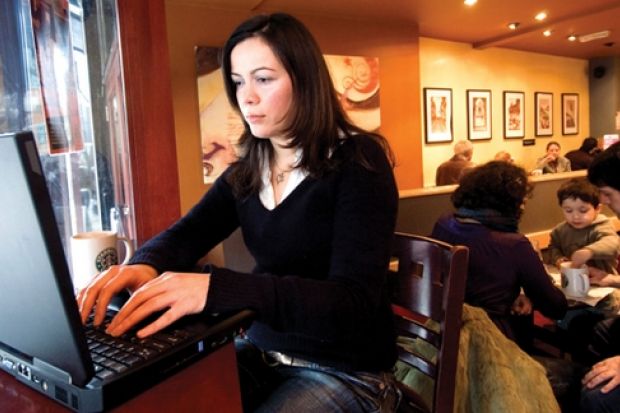The traditional university model is unlikely to survive the next 50 years because teaching, examinations and student social life will be offered separately on an "a la carte" basis, the British Council's annual Going Global conference has heard.
Opening the event in London, Ben Wildavsky, senior scholar in research and policy at the Ewing Marion Kauffman Foundation, a Kansas-based educational charity, said there was a trend towards the "unbundling" of the activities that universities traditionally have performed.
"The conventional combination of activities in a single physical campus - teaching, curriculum, socialisation and networking, credentialing, and in some cases research - is increasingly being questioned," said Mr Wildavsky, author of The Great Brain Race: How Global Universities Are Reshaping the World (2010).
"New approaches and providers allow different functions of post-secondary education to be offered on an a la carte basis," he added.
He highlighted the growth of online higher education providers such as the US for-profit StraighterLine, which has been accredited by several universities.
MITx, the new open courseware initiative at the Massachusetts Institute of Technology, which allows students to earn credits for online study, was also an example of good practice, he told the conference, for which Times Higher Education is media partner, on 13 March.
"Over time, as online classes become more common, the market will get much more competitive: colleges that are inflexible and refuse to accept transfer credits from places (such as) StraighterLine are likely to lose students," Mr Wildavsky said. "So the market incentives for innovative approaches should grow."
Bemoaning an "innovation deficit" in higher education, he argued that the "classroom experience of the typical student today isn't much different than it would have been 50 or 75 years ago".
"Students go to class in brick-and-mortar buildings, sit in large auditoriums, listen to professors lecture, sit for exams after a set number of weeks and receive course credits if they pass those exams. If they accumulate enough of those credits, eventually some of them will earn degrees," Mr Wildavsky said. "But for a good number of students, this approach hasn't been very effective."
The boom in e-learning did not pose a threat to universities, he said. Instead, it would address serious flaws in the sector, such as high dropout rates.
"I'm wary of apocalyptic scenarios, either positive or negative, that suggest that the changes taking place today will destroy existing institutions and their values," he said. "I believe these innovations, while disruptive, are not really threatening - they are opportunities for traditional institutions to become better."
Mr Wildavsky added: "Who knows how it will work out? I'd bet on no single model of change.
"But I am pretty confident in saying [that] institutions of higher education, having stayed remarkably similar over the past half-century, will look remarkably different 50 years from now.
"That's a good thing and it will give all of us a lot to think about - and a lot of work to do."
Register to continue
Why register?
- Registration is free and only takes a moment
- Once registered, you can read 3 articles a month
- Sign up for our newsletter
Subscribe
Or subscribe for unlimited access to:
- Unlimited access to news, views, insights & reviews
- Digital editions
- Digital access to THE’s university and college rankings analysis
Already registered or a current subscriber? Login
